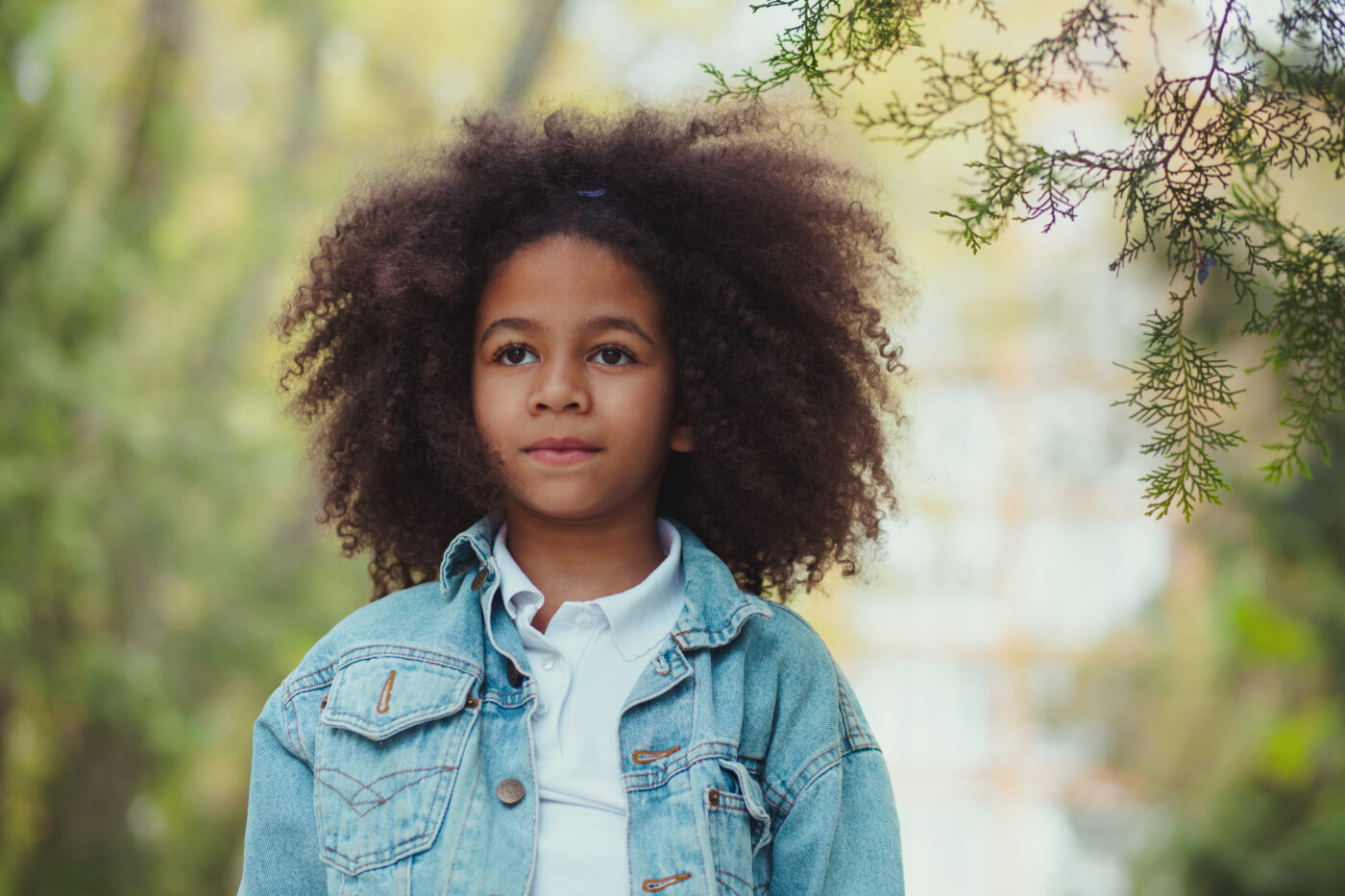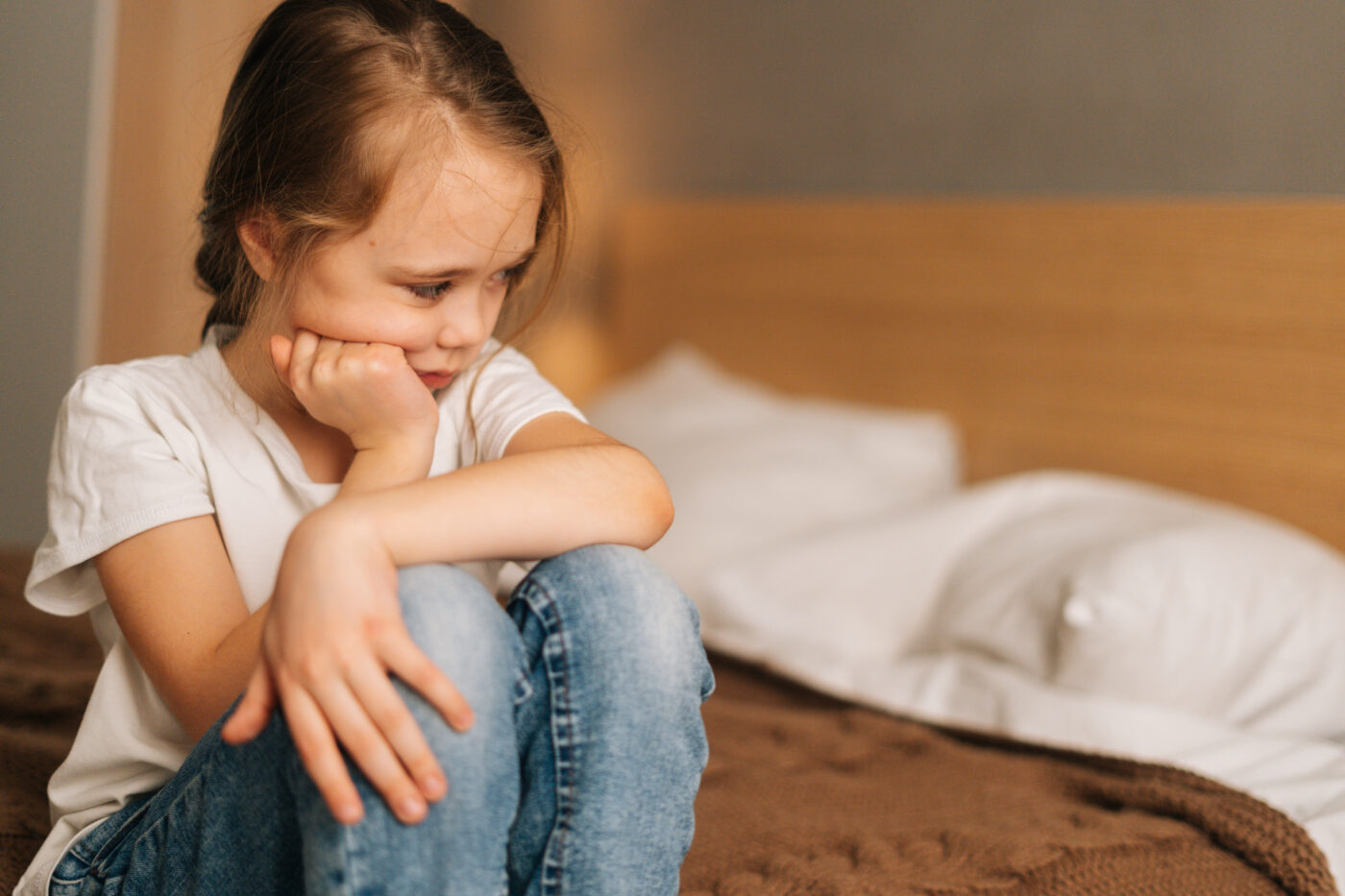When I was two, I was playing in the sandbox with my sister. My dad was mowing the lawn and he asked her to go inside and get him a drink. As he went back to his work, turning his back for a second, I decided to go for a walk. Unfortunately, there were train tracks about a quarter-mile from my house. I was only on the tracks for a short period of time when the next train came around the corner. When the engineer saw me, he hit the brakes about 300 yards from me. The train skidded and eventually, the front corner of it hit my forehead, fracturing my skull. The train shuffled past but not before cutting the left side of my head, resulting in 54 stitches. At the time, and for many years after, I was unaware of the significance of that experience. However, the scar has remained and will forever.
When faced with a hurtful or perhaps traumatizing event, kids sometimes seem to function as if nothing happened. Many parents come to the mistaken conclusion that they have resilient children. However, kids just don’t know how to process the wounds created by painful experiences. So they place those experiences in a reservoir and continue to live life. Painful experiences for kids remain with them like a scar only to resurface at a later date. Rather than assume they are fine, there are things we can do in the meantime that can help them process and heal. Here are 3 important things for parents to do.
Center on feelings.
Children may not have the ability to understand the depth of a traumatic experience, but they connect well with their emotions—so talk about them. Ask a lot of questions about how they’re feeling, particularly with middle school kids. If younger kids have a hard time communicating orally, encourage them to express themselves creatively. Perhaps have them draw how they feel, write a story, or use toys.
Move toward resolution.
Kids need closure. Explain to them what happened in the way you think they can understand the most. Use language and analogies that make sense to their age and world. If applicable, explain why it was wrong or not their fault. Having them do a symbolic gesture of resolution might be helpful. Perhaps have the child pick out a rock that represents the painful experience and let him or her throw it into a body of water. Maybe have the child write it on a piece of paper and help him or her burn it. Kids may not fully understand or be healed, but you are sowing a seed that moves them in that direction.
Restore safety and security.
Trauma creates a feeling that the world is dangerous and unsafe. Holding onto the anxiety that creates can have a long-term, detrimental effect. Do what you can to restore their sense of security. Create structure around them. Have a dependable schedule. They may be clingy for a while. That’s OK. Keep reassuring them through word and action that things are stable.
Sound off: How can you best show your kids they are safe and secure after a time of trauma?











Huddle up with your kids when things are hard and ask, “How do you feel?”